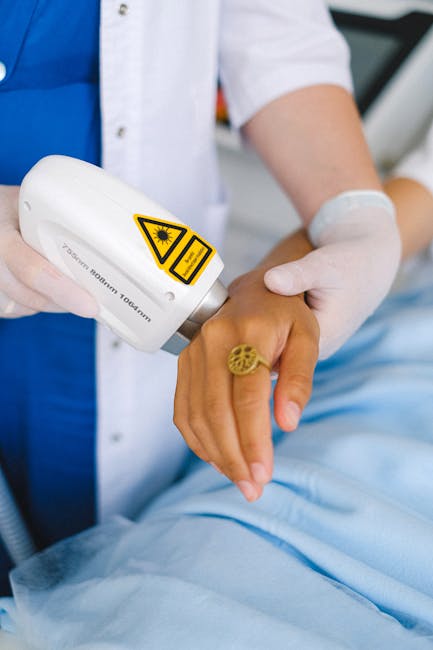
Physiological Responses: How They Help Detect Lies
Have you ever wondered how some people can tell when someone is lying? The art of lie detection has been a subject of intrigue for centuries. With advancements in science and technology, we now understand that physiological responses play a crucial role in detecting lies. In this blog post, we will delve into the science behind lie detection, explore various physiological indicators, and provide actionable tips for spotting deception.
The Science of Lie Detection
Lie detection is a complex process that combines psychological and physiological principles. When a person lies, their body often exhibits involuntary responses due to the stress and cognitive load associated with deception. These responses can be measured and analyzed to determine the likelihood of dishonesty.
Polygraph Tests: Measuring Physiological Responses
The most well-known tool for lie detection is the polygraph, commonly referred to as a lie detector. A polygraph measures several physiological responses, including:
- Heart Rate: Increases when a person is lying due to the activation of the sympathetic nervous system.
- Blood Pressure: Tends to rise when a person experiences stress or anxiety while lying.
- Respiratory Rate: Changes in breathing patterns can indicate deception.
- Galvanic Skin Response (GSR): Measures the electrical conductance of the skin, which increases with sweating caused by stress.
According to the American Polygraph Association, polygraph tests have an accuracy rate of approximately 85-95% when conducted by a trained examiner. However, it’s important to note that polygraph results are not admissible in all courts due to the potential for false positives and negatives.
Key Physiological Indicators of Deception
Beyond polygraph tests, there are several physiological indicators that can suggest someone is lying. Understanding these indicators can help you become a more effective human lie detector.
Microexpressions: The Face Tells All
Microexpressions are brief, involuntary facial expressions that reveal true emotions. These fleeting expressions can last as little as 1/25th of a second and are often difficult to control. Research by Dr. Paul Ekman, a pioneer in the study of emotions and facial expressions, suggests that microexpressions can be highly indicative of deception.
Examples of microexpressions include:
- Fear: Raised eyebrows, widened eyes, and slightly open mouth.
- Contempt: A unilateral lip curl.
- Surprise: Raised eyebrows, open mouth, and widened eyes.
By training yourself to recognize these subtle cues, you can gain insights into a person’s true feelings, even if they are trying to hide them.
Body Language: Actions Speak Louder Than Words
Body language is another powerful indicator of deception. When a person lies, their body may betray them through various nonverbal cues. Some common signs of lying include:
- Inconsistent Gestures: Gestures that do not align with verbal statements.
- Fidgeting: Excessive movements, such as tapping or shifting, can indicate nervousness.
- Closed Posture: Crossing arms or legs may suggest defensiveness or discomfort.
- Avoiding Eye Contact: While not always a sign of lying, avoiding eye contact can indicate guilt or anxiety.
By paying attention to these nonverbal cues, you can gain a better understanding of a person’s honesty and intentions.
Actionable Tips for Detecting Lies
Now that you understand the key physiological indicators of deception, let’s explore some actionable tips for detecting lies in everyday situations.
Establish a Baseline
Before attempting to detect lies, it’s essential to establish a baseline of the person’s normal behavior. Observe how they act when they are relaxed and truthful. This will help you identify deviations from their usual behavior that may indicate deception.
Ask Open-Ended Questions
Open-ended questions encourage the person to provide more detailed responses, increasing the cognitive load and making it harder for them to maintain a lie. For example, instead of asking, “Did you do it?” ask, “Can you tell me what happened?”
Look for Clusters of Cues
One physiological indicator alone may not be enough to determine if someone is lying. Instead, look for clusters of deceptive cues, such as inconsistent gestures, microexpressions, and changes in vocal pitch. Multiple indicators increase the likelihood that the person is being dishonest.
Trust Your Gut
Our intuition is often more accurate than we realize. If something feels off, trust your gut and investigate further. While intuition alone should not be the sole basis for accusing someone of lying, it can be a valuable tool in conjunction with other indicators.
Conclusion
Detecting lies through physiological responses is both an art and a science. By understanding the key physiological indicators of deception, such as microexpressions, body language, and polygraph measurements, you can become more adept at uncovering the truth. Remember to establish a baseline, ask open-ended questions, look for clusters of cues, and trust your gut. With practice and attention to detail, you can enhance your lie detection skills and navigate interpersonal interactions with greater confidence.
For more insightful articles on psychology and human behavior, be sure to check out our other blog posts!
